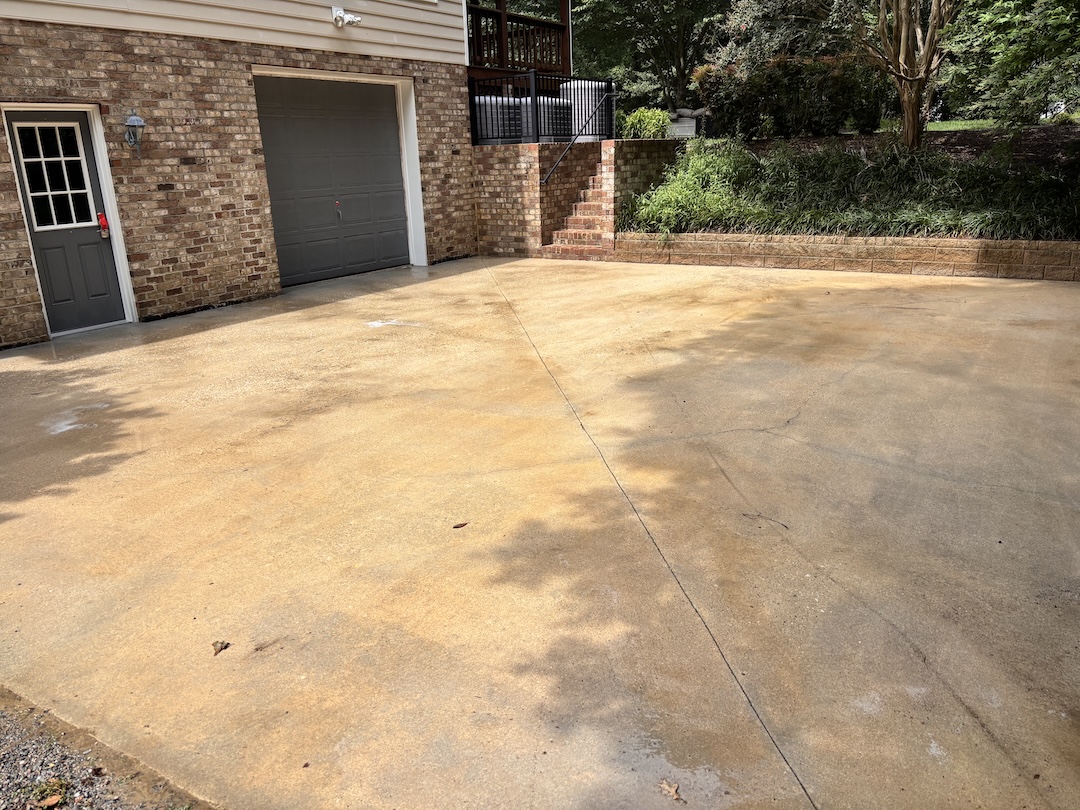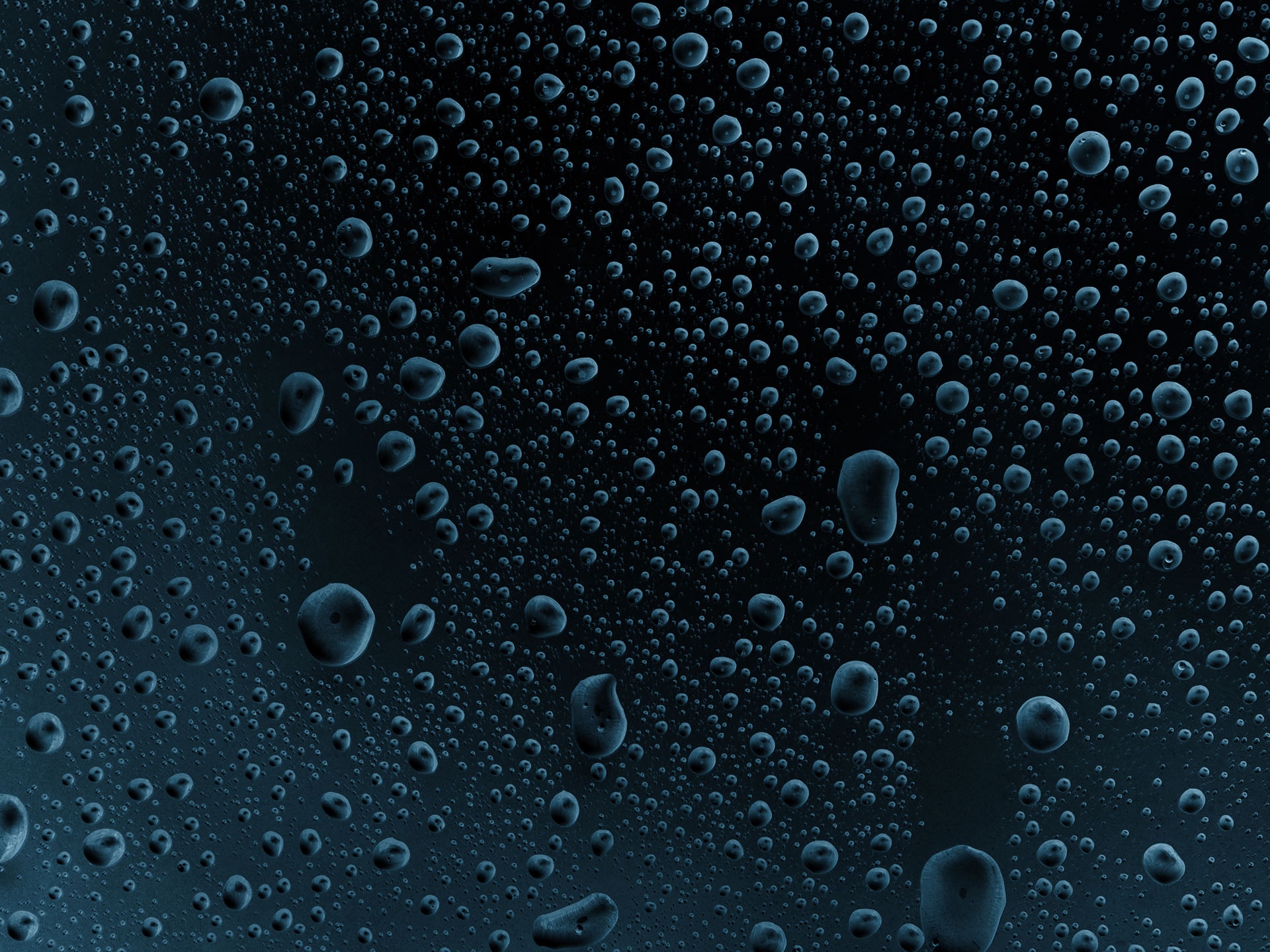Expert Concrete Pad Cleaning in Ashland

Surface cleaning concrete in Ashland is about removing dirt, stains, algae, oil, paint, and other contaminants from the top layer without damaging the concrete itself. Professional concrete cleaning not only improves curb appeal but also helps extend the life of your surfaces.
Here’s the step-by-step breakdown of how it’s typically done, from light cleaning to heavy-duty restoration:
-
Assess the Surface
- Inspect for cracks, spalling, or loose material.
- Identify the type of stain (dirt, oil, rust, paint, mold) — this determines your cleaning method.
- Note whether the concrete is sealed or bare, as that changes the approach.
-
Remove Loose Debris
- Sweep or blow away dust, leaves, and loose dirt.
- Use a stiff-bristle broom or leaf blower.
-
Pre-Treat Stains (if needed)
- Oil/Grease: Apply a degreaser or dish soap + warm water. Let it sit 10–15 minutes.
- Rust: Use a rust remover formulated for concrete.
- Mold/Algae: Mix water with a mild bleach solution (about 1 cup bleach per gallon water) or a commercial biocide.
- Paint: Apply a concrete-safe paint stripper.
- Scrub the treated spots with a stiff brush before moving to full-surface cleaning.
-
Choose Your Cleaning Method
-
For Light Dirt:
- Use a push broom and soapy water.
- Rinse with a hose.
-
For Deep Cleaning:
- Use a pressure washer (typically 2,500–3,000 PSI for concrete).
- Keep the nozzle at least 12 inches away to avoid etching the surface.
-
For Stubborn Stains:
- Use a rotary surface cleaner attachment on the pressure washer for even cleaning.
- Apply specialty cleaners, then rinse.
-
For Light Dirt:
-
Rinse Thoroughly
- Always rinse from the highest point downward to prevent streaking.
- Make sure runoff drains away from flower beds or areas where cleaning chemicals could cause damage.

